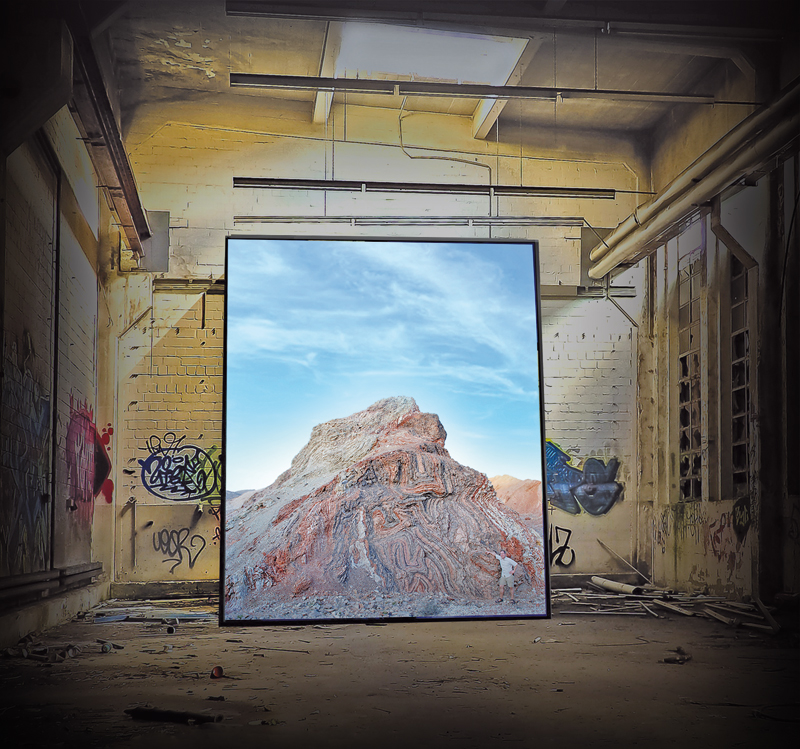

Until he visited Muttrah sea road did Sidhin, a Swiss traveller and a passionate geologist, know that the vast rocky mountains fervently looking at the Gulf of Oman have garnered global attention for its rare deposits of ophiolite which have been earmarked by the Ministry of Tourism for its natural history.

Geologists define an ophiolite as a section of the earth’s oceanic crust and the underlying upper mantle that has been uplifted and exposed above sea level and often emplaced onto continental crustal rocks.
It contains minerals like chrome and copper, ores, which have been mined in Oman for thousands of years. A Magma is generally a mixture of molten or semi-molten rock, volatiles and solids that is found beneath the surface of the earth, and is usually seen to be present on other terrestrial planets and some natural satellites.
Geologists said that these ophiolites have travelled hundreds of kilometres from deep beneath the ocean to the Arabian continent. They are considered to be one of the most unique outcrops of this type in the world while the track leads up to a great view of Muttrah Port and beyond to Riyam park and the Gulf of Oman.
“I knew Oman is well known as the paradise of geology and a must-see place for geologist. True to what I heard, I could see the diverse and fascinating geology in the form of mountains, deserts, caves and wadis which are a must for geology students who focus on the details of both the continental and oceanic plates,”Sidhin shared.
The name Ophiolite is derived from the Greek ophis, meaning serpent and lithos, which denotes rock. Combined, it was meant to describe a serpent or snake rock. In its original form, the rock is rich in iron-magnesium silicate minerals, such as pyroxenes and olivines. But once exposed to elements and weathering takes effect, the silicates are convert into hydrated magnesium silicate minerals or serpentines because these silicate minerals and hydrated magnesium often form serpent-like bands with vivid green colours.

Sidhin said that the geological history of Oman represents a history of more than 800 million years and resembles almost all the chapters of tectonic events and climatic conditions throughout the earth’s history.
At the cluster of rocks opposite Ghalya’s Museum of Modern Art, one can touch the Moho, which separates between the crust and the Mantle, and provide you an insight as how life begins and was developed in this wonderful planet.
The huge Semail Ophiolites of the Hajjar Mountains of Oman and the United Arab Emirates which are large slab of oceanic crust and is made of volcanic rocks and ultramafic rocks from the Earth’s upper mantle that was over thrust onto continental crust as an ophiolite are also other geological wonders.
These Semail Ophiolites are of paramount importance as they are rich in copper and chromite ore and they provide valuable information pertaining to the ocean floor and the upper mantle while a researcher is on dry land. Geologists have been carrying out studies about this area in an attempt to identify the best possible model explaining the formation of the Semail Ophiolite.
KABEER YOUSUF
Oman Observer is now on the WhatsApp channel. Click here



